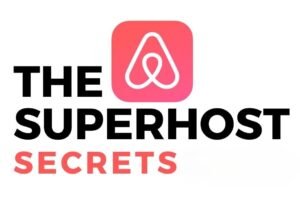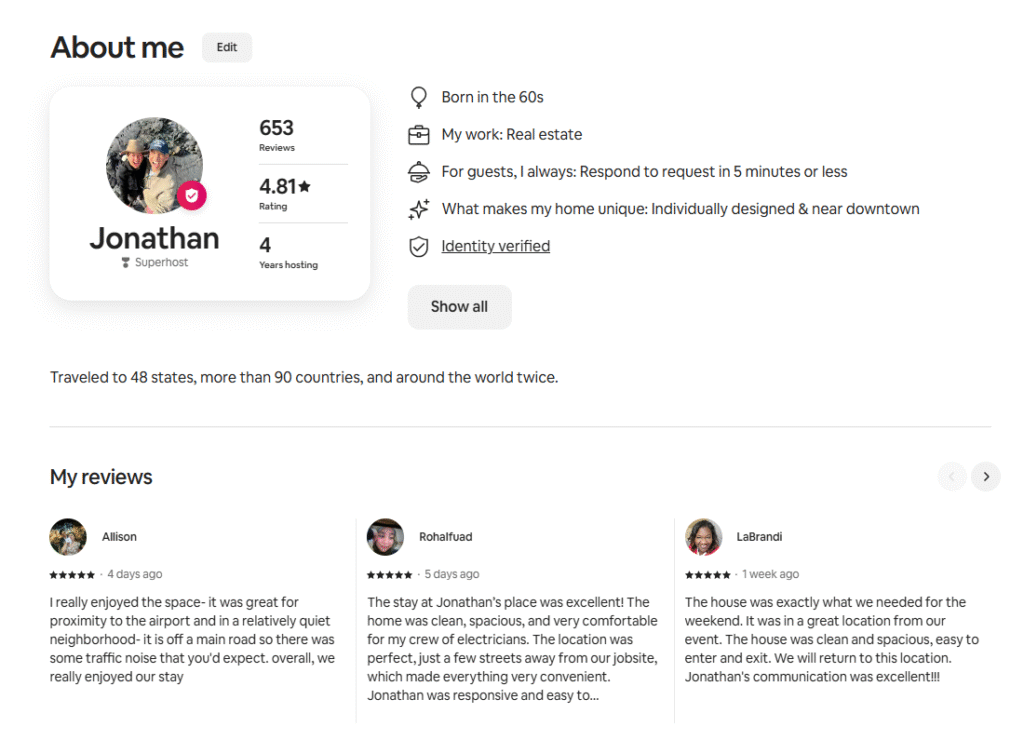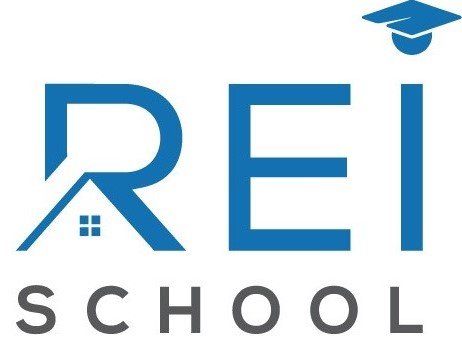November 3, 2025 | 4 Minute Read
We’ve been running short-term rentals for almost four years now, and the journey has been nothing short of educational. At one point, we scaled up to 16 doors. Today, we’ve streamlined our portfolio to a core group of eight high-performing properties—the ones that consistently deliver the best results.

Over time, we’ve learned how to optimize listings, automate systems, control expenses, and maximize efficiencies to boost profitability. I’ve shared much of our journey in past articles—the wins, the challenges, and everything in between.
When we first started, my expectation was to net around $3,000 per month per property, compared to about $250 monthly net income we were getting from those same properties as long-term rentals. While we haven’t quite hit that $3,000 mark on every unit, we’ve done very well.
So far in 2025, we’ve netted roughly $150,000 through October 31, averaging about $1,875 per door—that’s 7.5X more profit than what those units earned as long-term rentals. I’ll share a detailed year-end review in January, but for now, that’s the big picture.
The takeaway? Converting long-term rentals in B and C class areas to short-term rentals isn’t a get-rich-quick strategy, despite what some YouTube gurus claim. You can make strong returns, but unless you’re in a prime vacation destination, you’re not going to strike gold overnight.
Key Factors Behind Our Success
Here are some of the most important things we did right:
-
Optimized our listings for maximum visibility and conversions.
-
Perfected our house manual and messaging, ensuring that 99% of guest questions are already answered before they’re even asked.
-
Used a dynamic pricing service to stay competitive and capture market-rate bookings.
-
Accepted direct bookings to reduce reliance on platforms and increase margins.
-
Partnered with relocation and insurance companies for mid-term stays (1–6 months) averaging $4,500 per month.
-
Built a reliable team for housekeeping and maintenance.
And then there’s the one thing that ties it all together—our “secret sauce”: the wellness check.
The Power of the Wellness Check
I came up with the term “wellness check” when we first started hosting. It’s a simple but critical step: a final walkthrough of the property after cleaning and before guest arrival.
Our housekeepers are excellent, but with multiple turnovers a day, it’s easy to miss small details. And in short-term rentals, small details can lead to big problems—refund requests, bad reviews, and even lost bookings. Reviews are everything in this business; a couple of negative ones can tank your listing so badly that you may need to start over from scratch. (We’ve been there early on while building our systems and training staff.)
My 20-Point Wellness Checklist
Here’s the checklist I personally use during every walkthrough:
-
Turn on all exterior house lights.
-
Check Wi-Fi lock batteries.
-
Verify thermostat settings and battery levels.
-
Ensure the house manual is displayed by the front door.
-
Test TV remotes and replace batteries if needed.
-
Turn on TVs and confirm Wi-Fi connectivity.
-
Turn on bedside lamps.
-
Inspect beds for stray hairs.
-
Place folded towels with a mint chocolate on each bed.
-
Check floors for debris or bugs.
-
Inspect dresser drawers for leftover items.
-
Verify hangers and extra blankets in closets.
-
Replace any burnt-out lightbulbs.
-
Ensure appliances are clean.
-
Restock supplies (trash bags, sponges, etc.).
-
Inspect bathrooms—cleanliness, toiletries, toilet paper, folded towels, and blue toilet cleaner in bowls.
-
Confirm hot water is working.
-
Check the exterior for trash.
-
Make sure trash bins aren’t full.
-
Sweep or blow off patios, decks, and driveways.
Basically, the goals is to avoid a late night guest request that would require me to stop by the property. It rarely if ever happens after conducting these wellness checks.
Why It Matters
This past weekend reinforced why wellness checks are essential:
-
Example 1: One property was spotless inside, but the back terrace was a mess—trash, cigarette ashes, patio cushions out of place. I cleaned it up myself before guests arrived. It is our largest house and with a turnover, the staff was moving quickly to complete the cleaning and forgot to clean the terrace. If I hadn’t checked, it could’ve easily led to complaints, a partial refund or a negative review.
-
Example 2: At two other homes, I noticed the heat wasn’t working when I set the heat in the morning. Thanks to remote monitoring through Google Nest, I called our HVAC company, and both units were repaired before the 4 p.m. check-in time.

The proof is in the results: we’ve been Airbnb Super hosts for nearly four years with a 4.81 out of 5 rating, and Premier Hosts on VRBO with an impressive 9.3 out of 10 average score across all our properties.
And of course, it’s also helped lower my stress by minimizing guest complaints and issues—which, thankfully, are now rare.
I’m now training our housekeepers to take over these wellness checks. While they go beyond typical cleaning tasks, I plan to gradually integrate them into the team’s workflow with a corresponding pay increase. The goal is to free up my time from daily operations so I can focus on what truly grows the business—finding and buying more properties.
Are you doing wellness checks for your short term rentals?
